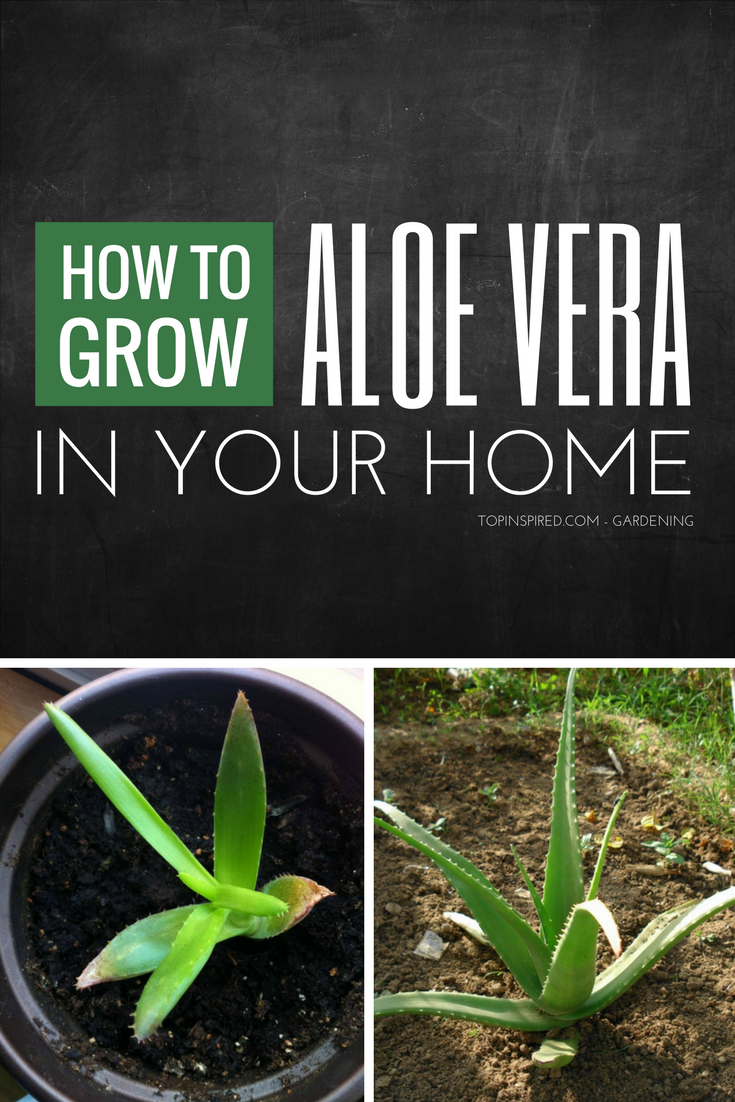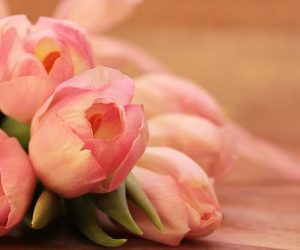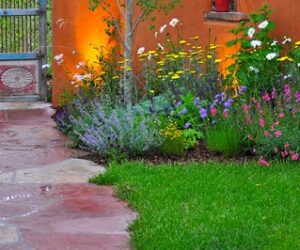Growing Aloe Vera Plant is super easy, and it is just one of the numerous different types of aloe plants. The plant is great for purifying the air and clearing out some toxins. The more oxygen that you have in your room better you can sleep.
Aloe vera is most commonly known for the gel’s healing qualities that you find in the leaves. It is used in many cosmetic and health care products. With proper care, these amazing plants can live for many, many years.
Check out the following tips on How to grow Aloe Vera in your home?
1. Where to plant it

Via gardenofedengardencenter.com
Aloe vera is not difficult to grow and maintain, whether it is planted indoors or as a potted plant. It will grow faster outdoors during the warmer months, so that you can bring a pot with a plant outside.
Another advantage of pot planting is that you can bring the plant back inside during the winter and prevent it from freezing.
2. Proper pot

Via consumershelpdesk.blogspot.com
It is advisable to choose a little bit larger pot since the plant can grow quite big. The best pots for aloe vera are the ones made out of clay or terracotta. Make sure that the plant will have good drainage holes in the bottom. If your aloe vera plant doesn’t grow much, it could be that it needs a bigger pot for the roots.
3. Planting

Aloe vera grows outward from the center, so you should leave few inches of space between the plants. Position it so that it will be upright and cover the base and roots with the soil. It is also extremely easy to propagate aloe vera by division. Simply remove the aloe vera pups from the base plant and plant them in a new pot.
4. Soil

Via skattebo-skattebo.blogspot.com
Aloe vera likes dry soil, which drains quickly and doesn’t hold water. If the soil is too alkaline, it can slow the plant’s growth. A good choice can be a cactus mix or sandy soil. Aloe vera doesn’t really need fertilizer. It will benefit, though, if you add some during the growing season, from spring through the summer. If you decide to feed your plant, it is better to use organic fertilizer instead of chemical one, especially if you plan to use the gel from the leaves. Compost fertilizer is a great choice.
5. Watering

Via www.wikihow.com
One of the most frequent issues when it comes to watering is that it is often over-watered. Before watering the plant again, the soil should dry out completely. Especially during winter, you need to be careful not to water your aloe vera too often or too much. You can always check the plant leaves. If they feel moist, it means the plant has enough water.
6. Sunlight

Via gardening.stackexchange.com
Aloe vera loves the sun and a lot of light, but it is better to give your plant direct sunlight. Too much direct sunlight can cause the plant to dry out. Be extra careful when you move your plant out just for the summer because it will be even more sensitive. If you are growing your aloe vera indoors and don’t get enough light, you should get artificial light.
7. Problems

It doesn’t happen often, but if the leaves of your aloe vera become thin and curled, the plant needs more water. If you notice that the leaves are turning brown, it probably gets too much direct sunlight. If that is the case, you should move the plant. If the leaves are lying flat instead of growing upward, your aloe vera probably has insufficient light. It could mean that the plant has too much fertilizer or needs a bigger pot when it grows very slowly.
8. Pests

Via gardening.stackexchange.com
The plant can suffer from disease or fungus on the stem or roots. It can help if you keep the soil and plant dry. Healthy aloe vera rarely has problems with pests. The most common ones, though, are Mealybugs and houseplant scale. If there are not too many of them, you can simply dip a cotton swab in rubbing alcohol and remove them with it.
9. Harvesting

Once aloe vera reaches maturity, when additional leaves have grown from the plant’s center, you can begin to harvest it for great nutritional benefits. Cut mature leaves from as close to the base as possible, but don’t damage the roots. Aloe Vera gel is a great treatment for minor cuts, burns, insect bites, and even dry skin.
10. Re-potting

Via www.youtube.com
Aloe vera can become root-bounded. Roots will grow in circles and send up even more pups. You need to replant them. Otherwise, they will suck the life out of the mother plant. If you notice bright green color in the horizontally growing leaves, this might be the case. When planting baby aloe veras in new pots, give them a good watering and then wait for three weeks. Keep them in the shade during that time.




Thank you for all the suggestions and i will try them for a healthier and bigger Aloe Vera plant.
Bev
I’m new to growing aloe vera plants. I’m more excited about it now that I’ve read your article. Thanks bunches.
No es correcto cortar así las hojas de la planta. La hoja del aloe vera no se corta con tijeras. Lo correcto es sacarla completa desde la base, de tal manera que no quede la hoja cortada, ya que al cortarla queda herida, expuesta y por allí entra la enfermedad. la hoja se hala lo más cerca posible a la base, sin herir la planta y sin dejar superficies de esta expuestas.
Thanks for your ideas…. I have aloe vera plant and I was thinking the way I have kept it correct.
I have a few aloe plants (ciliarus, Wembleys blue, brevifolia) that have become too tall. They are healthy but they are beginning to tip over and outgrowing their spaces. Can I simply cut them off halfway or 1/3 away from the roots? I think that it would be okay but I wanted to make sure!
Can you grow an aloe vera plants from a stem cut off the stem of the mother plant?